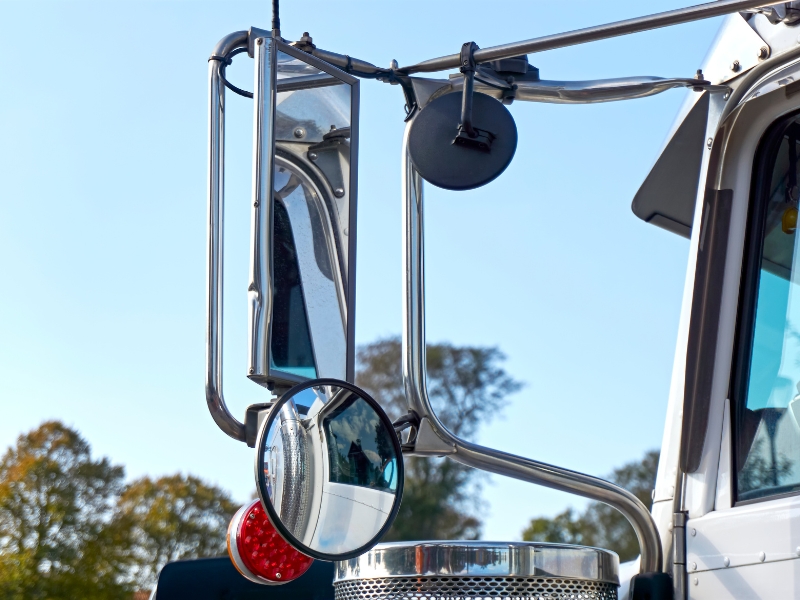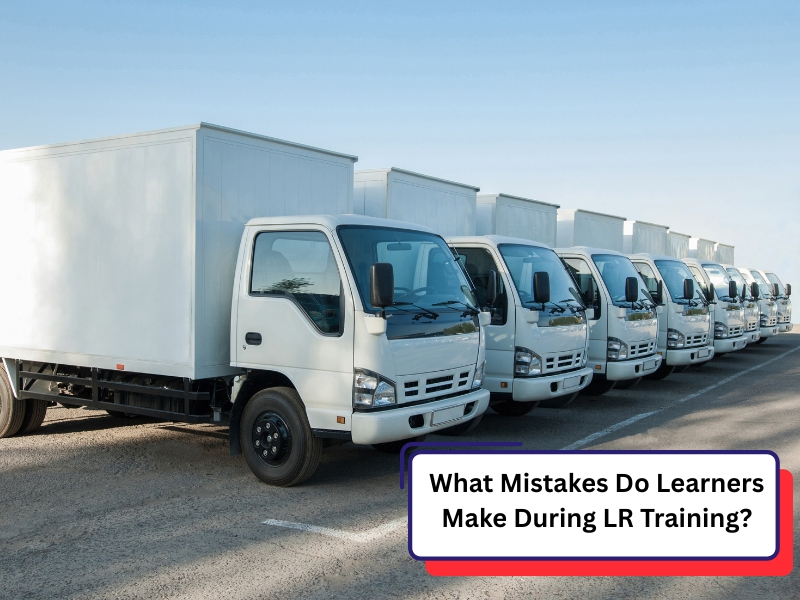Learning to drive a Light Rigid (LR) vehicle is an exciting step towards gaining independence and accessing professional driving opportunities. But with that excitement often comes nerves, and unfortunately, a few missteps. Whether aiming for a career on the road or expanding your driving skills, knowing what to avoid during LR training can save you time, money, and frustration.
Mistakes are common, especially for learners adjusting to the size and handling of LR vehicles. From poor preparation to clumsy simulation sessions, some errors can become serious barriers to success. This article explores common learner mistakes during LR training and how to avoid them for a smoother, smarter path to your licence.
Why is LR training a critical step for new drivers?
Jumping into an LR vehicle without proper training can be overwhelming. These vehicles are much heavier and longer than typical cars, requiring a different skill set and awareness level.
- Overconfidence from car driving experience can lead to poor LR handling
- Underestimating the differences in vehicle dynamics
- Skipping essential safety checks or not taking them seriously
For new drivers, LR training builds the foundation for safe driving by instilling discipline, awareness, and technical know-how. It also prepares you for various road scenarios and helps you comply with licensing requirements.
Beyond the basics, structured training also introduces learners to the broader legal responsibilities of LR driving. From understanding vehicle weight limits to managing fatigue and trip planning, LR training encompasses far more than just steering and braking. Failing to grasp these early on can lead to penalties or unsafe practices later.
What challenges do most learners face in LR training?
Every learner walks into training with different strengths, but most encounter a similar set of obstacles. Understanding these challenges early helps you tackle them head-on.
- Struggling with wider turn angles and longer stopping distances
- Forgetting safety protocols under pressure
- Panicking in simulated or actual traffic conditions
One of the most significant issues is mental overload—there’s a lot to juggle in the cab. From gear changes and mirror checks to signage and vehicle clearance, it’s easy to feel swamped. Another challenge is physical fatigue. Unlike driving a car, steering and controlling an LR vehicle demands more from your body, especially over longer durations. The key is to build stamina alongside skills.
How can bad habits sabotage your LR training progress?
Old habits die hard, especially those formed while driving smaller vehicles. Unfortunately, those habits can seriously hinder your progress.
- Relying too much on peripheral vision instead of mirrors
- Speeding through gear changes without smooth clutch control
- Ignoring blind spot checks

These habits delay your progress and put you at higher risk during assessments. For instance, failing to do a proper shoulder check before a lane change can instantly lead to a failed attempt. Worse, some of these habits may carry into your post-licence driving if not corrected.
It’s important to approach LR training with humility and a willingness to “unlearn” as much as learn. By acknowledging the gap between car and truck driving, you’ll be more open to corrections and quicker to develop safe, professional behaviours. Signing up for a reliable LR training course to prepare you for driving success gives you access to expert guidance that can help identify and resolve bad habits early.
What should you avoid doing during driving simulations?
Simulations mimic real-world driving scenarios, making them crucial to LR training. But they’re only effective if you treat them seriously.
- Treating simulations like games instead of real-life exercises
- Talking too much instead of listening to instructions
- Overcorrecting steering or braking due to nerves
Many learners underestimate the value of simulation training, assuming that “real driving” is what really counts. In truth, simulations offer a rare chance to make mistakes safely and receive immediate feedback. They’re particularly helpful for practising emergency stops, handling mechanical issues, or managing weather conditions like rain or fog. Here’s a quick comparison of how behaviour impacts your simulation success:
Behaviour | Outcome |
Focused & alert | Improved control and awareness |
Distracted or playful | Increased risk of simulation failure |
Taking feedback well | Faster skill improvement |
How can you better prepare for your LR training course?
Preparation goes beyond showing up on time. The more mental and physical prep you do, the more your journey will improve.
- Reading up on training expectations and rules
- Practising hand-eye coordination through related activities
- Getting enough rest before your sessions
Mental preparedness is just as vital. It helps to visualise your goals and create a checklist of skills you hope to develop. You should also familiarise yourself with terminology, road rules specific to LR vehicles, and basic vehicle anatomy. These small efforts give you a solid foundation to build on.
To start strong, review everything you should know to get your truck driving licence—you’ll be ahead of the pack and less likely to be overwhelmed on Day 1.
What practical skills should you master during training?
Beyond passing your test, practical LR driving skills are about staying safe and efficient on the road. Some are taught, while others are refined with practice.
- Reversing into narrow spaces
- Using side mirrors effectively in various weather conditions
- Navigating tight urban turns with precision

You’ll also need to master emergency procedures, including safe stopping and vehicle checks before and after each trip. The importance of a smooth clutch and throttle balance can’t be overstated—it affects fuel efficiency, wear and tear, and overall control.
Failing to nail these fundamentals might mean extra training hours or failing your assessment. You should also invest time in understanding key truck licence requirements for new drivers so you’re aware of the expectations from the start.
Why does a structured plan make LR training easier?
A structured plan breaks your training into manageable chunks. Without it, you risk falling behind, skipping key learnings, or losing confidence.
- Tracking your progress keeps you motivated.
- Setting goals helps you focus on each session
- Reviewing feedback builds continuous improvement
Your plan might include milestones such as mastering turning techniques, completing simulation hours, or achieving gear change fluidity. Regularly revisiting your plan ensures you’re staying on track. You can also review how to apply for a heavy vehicle licence in Australia to align your training plan with formal steps and deadlines.
Final thoughts
Mistakes are a normal part of learning, but with the right approach, learners can avoid the most common traps. Your best bets for success are preparing properly, listening actively, and correcting bad habits early.
Remember, each session is a step toward becoming a confident and competent driver. Don’t rush the process. Take time to absorb each skill, ask questions, and stay committed to your goals.
If you’re ready to take the next step, discover how Core Driving School can support your licence path and set you on track to becoming a safe, confident LR driver.


